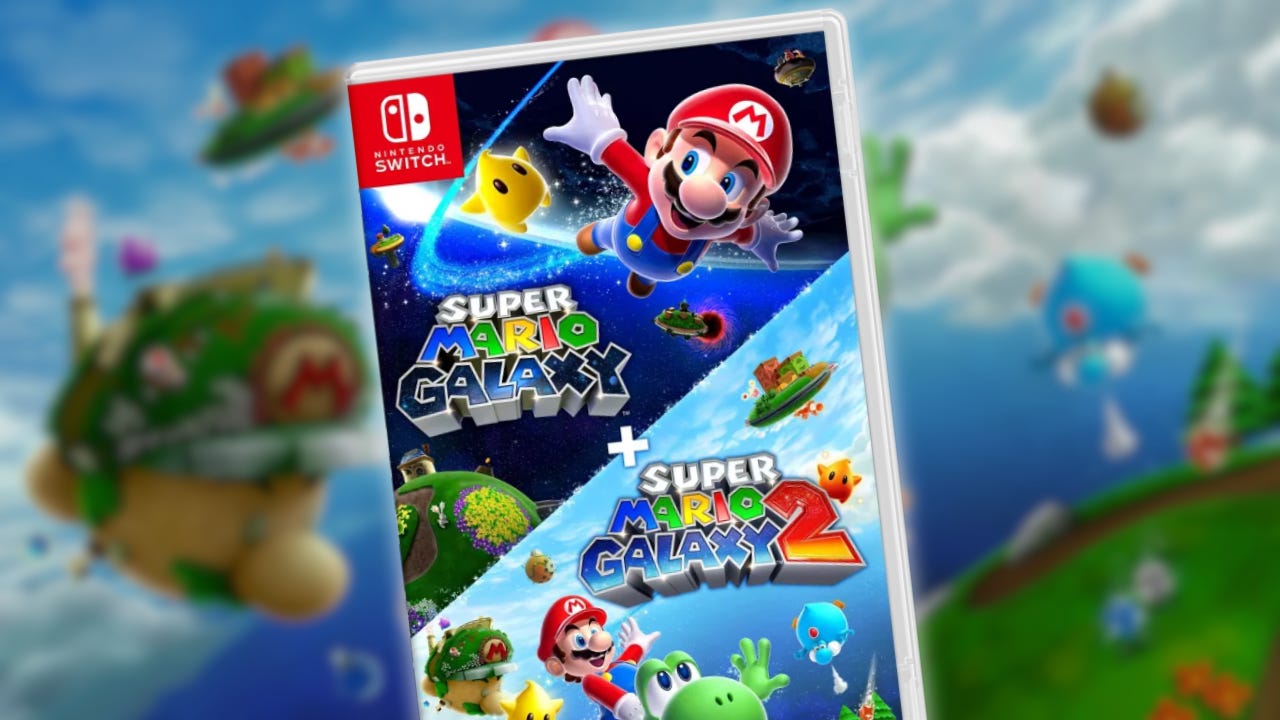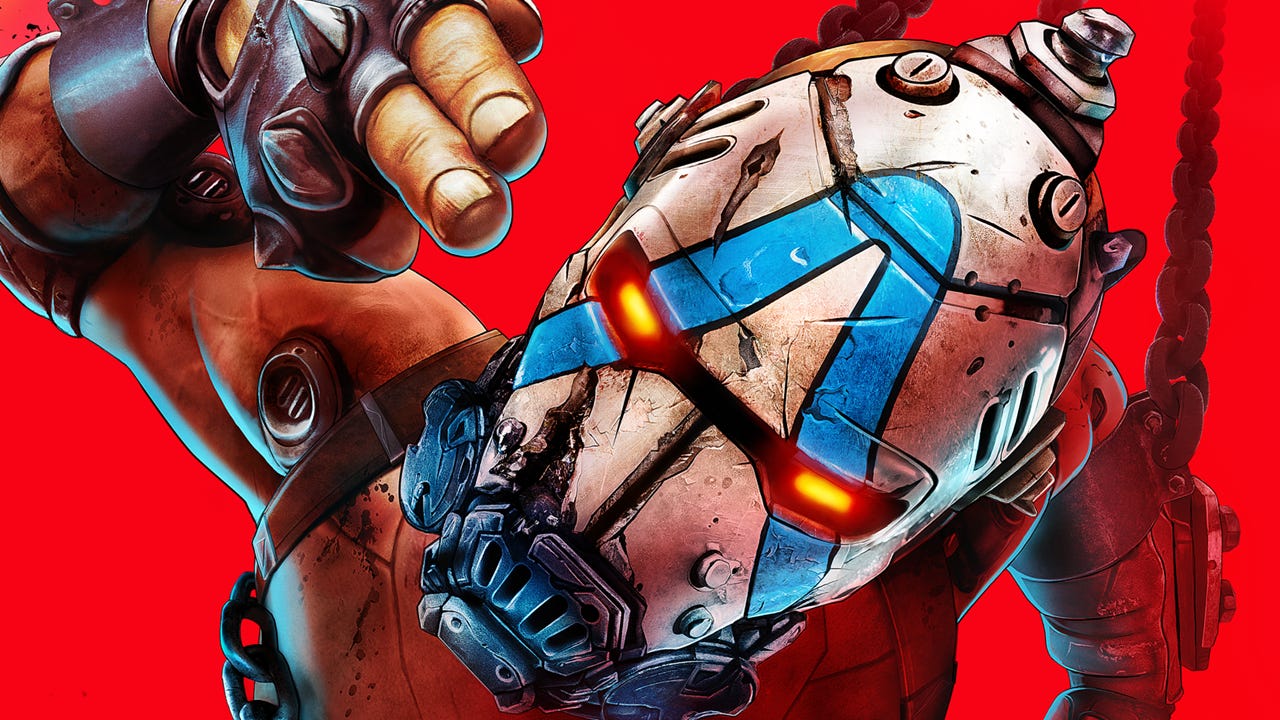With just two games, the Nioh series has already cemented its place among the best of the soulslike genre, thanks to its uniquely fast-paced action, deeply customizable builds and playstyles, thrilling boss battles, and a certain fluidity to its combat that feels like Team Ninja’s own signature touch. Based on my five hours of hands-on time with a new preview build, the upcoming third installment is shaping up to continue that trend of excellence, staying true to the core of what has always made the series so successful, but shaking up just enough to challenge veteran players to rethink how they approach its many difficult combat encounters.
Much like Nioh 2, Nioh 3 is shaping up to be an iterative sequel that doesn’t change much about the core systems that were established in Nioh 1; instead adding brand new layers on top of that core to reinvigorate the combat system and force players to engage with it differently. Nioh 2 did this by adding in burst counters and yokai shifts, and Nioh 3 does this primarily by giving the player two styles that they can shift between on the fly: Samurai and Ninja style.
When I first played Nioh 3, back when it was offered up as a limited time demo, I was a little unsure of how I felt about this split. Samurai style, after all, is basically just the way you’d normally play Nioh, minus the ability to use Onmyo Magic; while Ninja Style just felt like a much faster and DPS oriented stance that comes with the substantial drawbacks of no longer being able to use Ki Pulses to regain your stamina, and no longer having the three sword stances to switch between, which are both two staples of Nioh’s gameplay. Not to mention that having two different styles means nearly twice as much inventory management, since they both have their own completely separate sets of gear, and if there’s one game series that already has more than enough inventory and loot management, it’s Nioh.
While loot remains an issue, during my playtime, something clicked with me with regards to Samurai and Ninja style. Not only did I gain an understanding of what each style was good for and when I should swap to one versus continuing with the other, but more importantly, I got a grasp of the sheer amount of options that having two hot swappable styles each with their own equipment loadouts and skill trees brings to the table.
While in Samurai style, you of course have access to the three stances – high, medium, and low – and all of the skills that come from each of those stances. You also are able to to use Ki Pulses to restore spent stamina without having to wait for it to recharge, making it great for sustained offense where you’re able to kind of just plant your feet down and stand and fight against a tough enemy. There’s also a new Arts Proficiency Gauge that fills up as you deal damage and successfully guard, but decreases whenever you get hit. Once it’s full, you’re able to use a powered-up version of your heavy attack, which adds a nice little reward for playing well with a careful balance of offense and defense.
Ninja style on the other hand lets you go absolutely wild. Your dashes go crazy far and are super fast compared to the dodges in Samurai style; instead of stances, you’re able to equip up to three ninja tools; you’re able to very quickly dash to an enemy’s backside to deal extra damage; and most of the weapons take advantage of the fact that Nioh 3 adds a jump button, allowing you to even punctuate your ground combos with a jump cancel, letting you tag on even more damage with air combos. On top of all of this, for both styles, you also have your guardian spirit transformations, guardian spirit skills, Soul Core skills, it’s just a lot of tools to take with you into every battle.
Of course, all of these added options in Ninja Style come at the aforementioned cost of not being able to use Ki Pulses to restore stamina, so I did find myself having to rein in my lust for aggression – it is still a stamina-driven soulslike after all – but I felt a level of creative freedom in combat expression that I typically feel in a good character action game, and I eagerly anticipate getting my hands on the full game and seeing what a high-level character can do once the skill trees start getting maxed out.
Soul Cores also return in Nioh 3, but they’re a bit different this time around. They still appear as random drops from enemies and will let you use that enemy’s signature attack, just to give you yet another option when it comes to how you choose to dispatch your foes. However you have two choices of how to equip them. When you rest at a shrine, you can put them in your Onmyo Box in either the Yin or the Yang position. The Yin position is what I just talked about, you’ll gain some stat increases and the ability of the monster to use in combat. But if you place a core in the Yang position, you’ll instead be able to get spells and items added to your inventory that will refresh every time you rest at a shrine. One of the Soul Cores had a fairly underwhelming skill, but when I equipped it in a Yang slot, it gave me invisibility scrolls that I could use to sneak past tough enemies. It’s a wonderful change to an already excellent system, and I can’t wait to mess around more with it in the full version.
The other big new tentpole feature for Nioh 3 is the addition of non-linear open field-type levels, complete with sidequests, a variety of points of interest with unique challenges and rewards, and wide open environments rife with opportunities for exploration. This is in contrast to Nioh’s typical linear levels with the occasional optional branches off the beaten path that ultimately loop back around. I got to experience one of these in my hands-on time – the frozen region of Kamigamo – and while Nioh 3 doesn’t seem to do anything surprising with its more open level design that hasn’t been done before, the shift was a refreshing change of pace. Right away, the first thing I did was a combat challenge called a Crucible Spike. This was a sealed-off combat arena with multiple waves of enemies that I had to defeat in order to proceed. Clearing the Crucible Spike improved my Spirit Force, which is a new resource that governs your usage of Spirit Skills, and also gained a new spirit skill for one of my guardian spirits.
And that’s really what makes me excited about these open field levels, because these Crucible Spikes, along with other types of points of interests, are strewn all over the map, the challenges are fun, and the rewards are great – which is all the incentive I need to seek them out. Every time you complete one of these points of interest, your exploration level will increase, and each time it increases, you’ll get an extra bonus, from more icons being revealed on your map to give you some direction on where to explore, you may get an added stat bonus while you’re in that specific area, or you may get skill points to spend on your Samurai or Ninja skill trees.
All in all, Nioh 3 is shaping up to be exactly the same kind of iterative step above its predecessor that Nioh 2 ended up being. The style switching between Samurai and Ninja is an excellent addition that adds new layers of depth to an already stacked combat system, and the new open fields offer up even more incentive to explore than ever before, with fun challenges, mini bosses, and secret treasures to discover in every corner. It all ran incredibly smoothly as well, making me forget for a moment that this game is still a ways off, with a planned release in early 2026.



Leave a Comment